I have two main branches in Git: master and dev.
The structure of my branches look like this:
B-->E-->F-->G (master branch)
B-->C-->D-->H-->I-->J-->K (dev branch)
Before I performed the merge, master and dev had a common parent B.
In commits E, F and G of master, I deleted some files (say foo and bar) incorrectly while they still exist in commits C onwards in dev branch.
As a result, when I performed a three-way merge to join G and K by creating commit L, L does not contain foo and bar anymore! And I was not notified by Git in any way about their disappearance.
It seems to me that because E, F and G were simply replayed after commit C hence foo and bar were gone.
This behavior of Git merge is strange to me. Because I would not be able to know if someone deleted some files from another branch.
Shouldn't I be at least notified about any conflicting modifications while merging?

